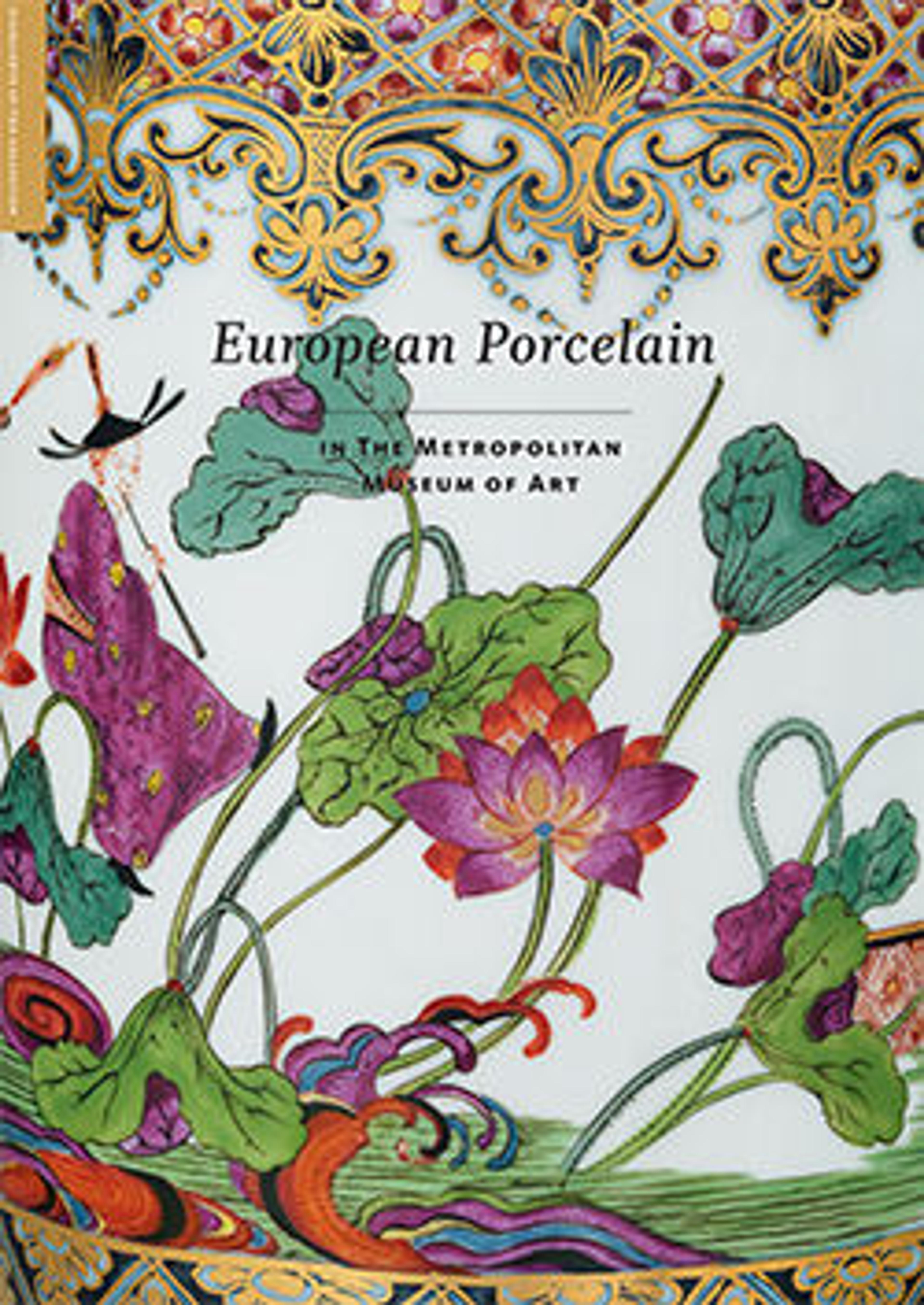Jacques-Bénigne Bossuet (1627–1704)
In 1779 Pajou exhibited a marble statue of Bossuet executed as part of a series by numerous sculptors of portraits of twenty-seven "Great Men" of France. Three years later the comte d'Angivillers, director of the Batiments du Roi, who had initiated the program on behalf of Louis XVI, instigated the production at Sevres of small-scale versions of these statues in the hope of attracting a wider market. This figure of Bossuet, cast from Pajou's own reduction of his marble, is one of twelve known Sevres models from the series. Bossuet was the preeminent churchman of his time, renowned as an orator of exceptional power. Pajou portrays him as bishop of Meaux,
the See to which he was appointed in I68i. Richly dressed in lace and fur, he is shown standing, with commanding expression and gesture, the folds of his cape cascading to a tumbled hem.
D'Angivillers's plan for the portraits called for both standing and seated figures, which offered variety in pose and rhythm. The Museum has long owned a Sevres example of Clodion's model of the seated Montesquieu (05.11); with this figure of Bossuet we can now suggest the intended effect of the series.
the See to which he was appointed in I68i. Richly dressed in lace and fur, he is shown standing, with commanding expression and gesture, the folds of his cape cascading to a tumbled hem.
D'Angivillers's plan for the portraits called for both standing and seated figures, which offered variety in pose and rhythm. The Museum has long owned a Sevres example of Clodion's model of the seated Montesquieu (05.11); with this figure of Bossuet we can now suggest the intended effect of the series.
Artwork Details
- Title:Jacques-Bénigne Bossuet (1627–1704)
- Manufactory:Sèvres Manufactory (French, 1740–present)
- Modeler:After a model by Augustin Pajou (French, Paris 1730–1809 Paris)
- Date:ca. 1784
- Culture:French, Sèvres
- Medium:Hard-paste biscuit porcelain
- Dimensions:Height: 18 3/4 in. (47.6 cm)
- Classification:Ceramics-Porcelain
- Credit Line:Purchase, Friends of European Sculpture and Decorative Arts Gifts, 1998
- Object Number:1998.360
- Curatorial Department: European Sculpture and Decorative Arts
More Artwork
Research Resources
The Met provides unparalleled resources for research and welcomes an international community of students and scholars. The Met's Open Access API is where creators and researchers can connect to the The Met collection. Open Access data and public domain images are available for unrestricted commercial and noncommercial use without permission or fee.
To request images under copyright and other restrictions, please use this Image Request form.
Feedback
We continue to research and examine historical and cultural context for objects in The Met collection. If you have comments or questions about this object record, please contact us using the form below. The Museum looks forward to receiving your comments.
